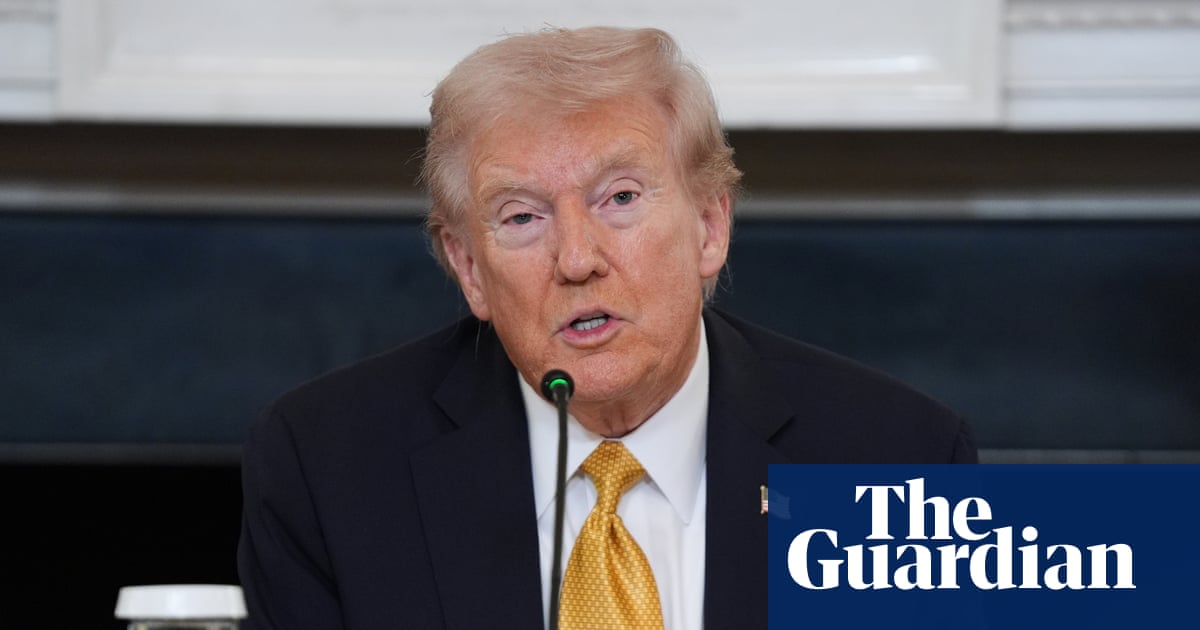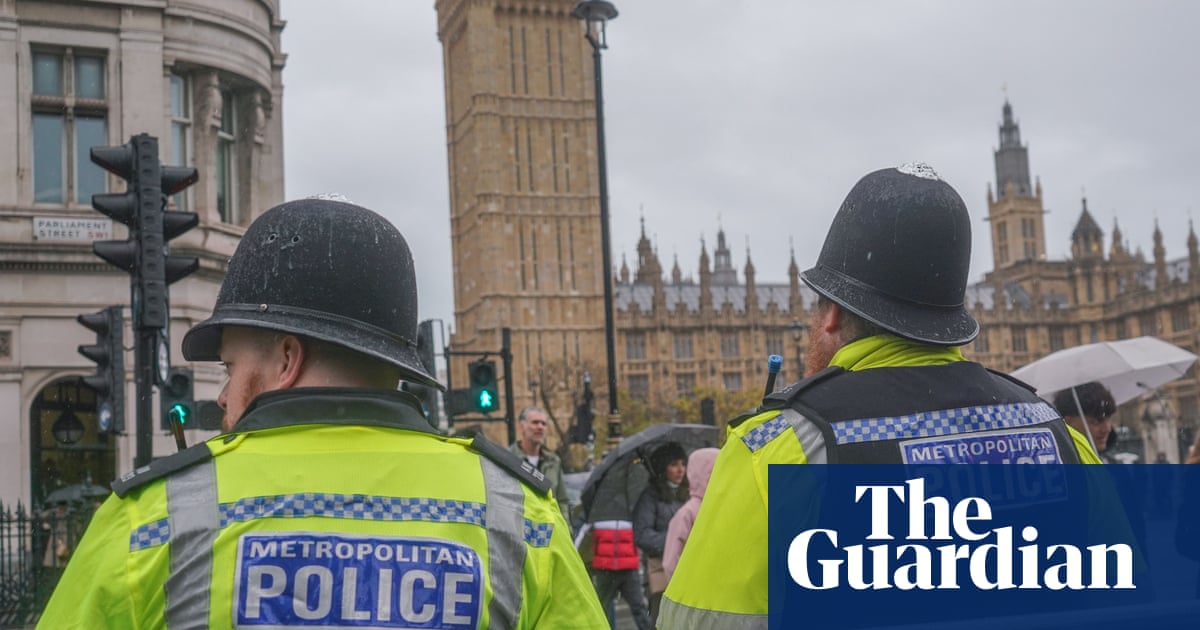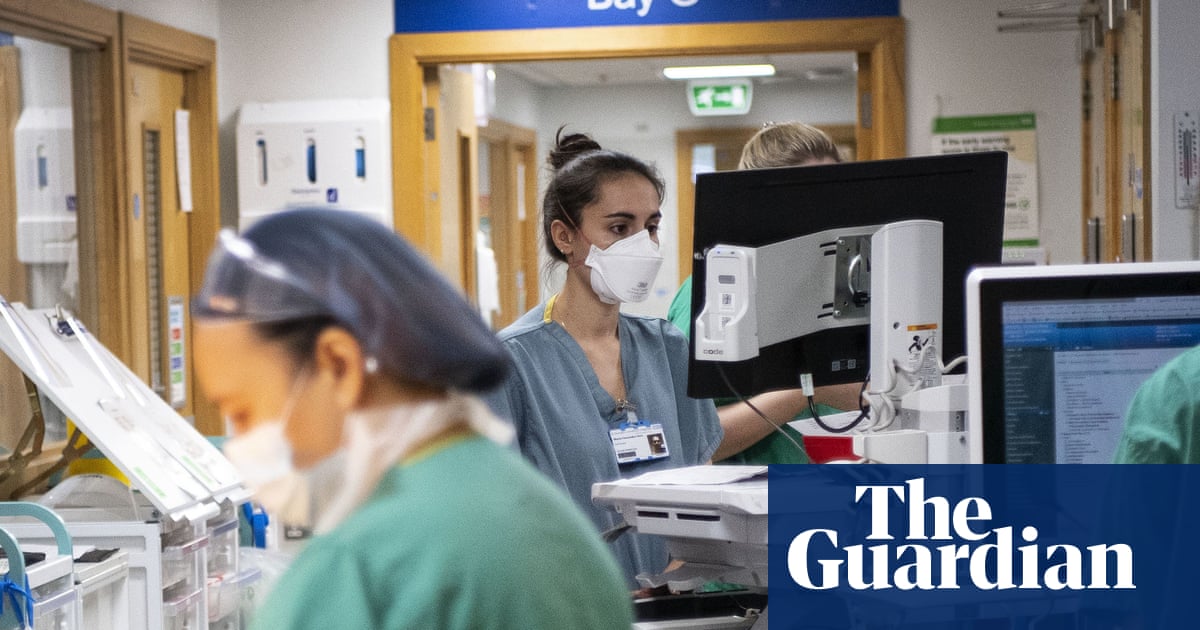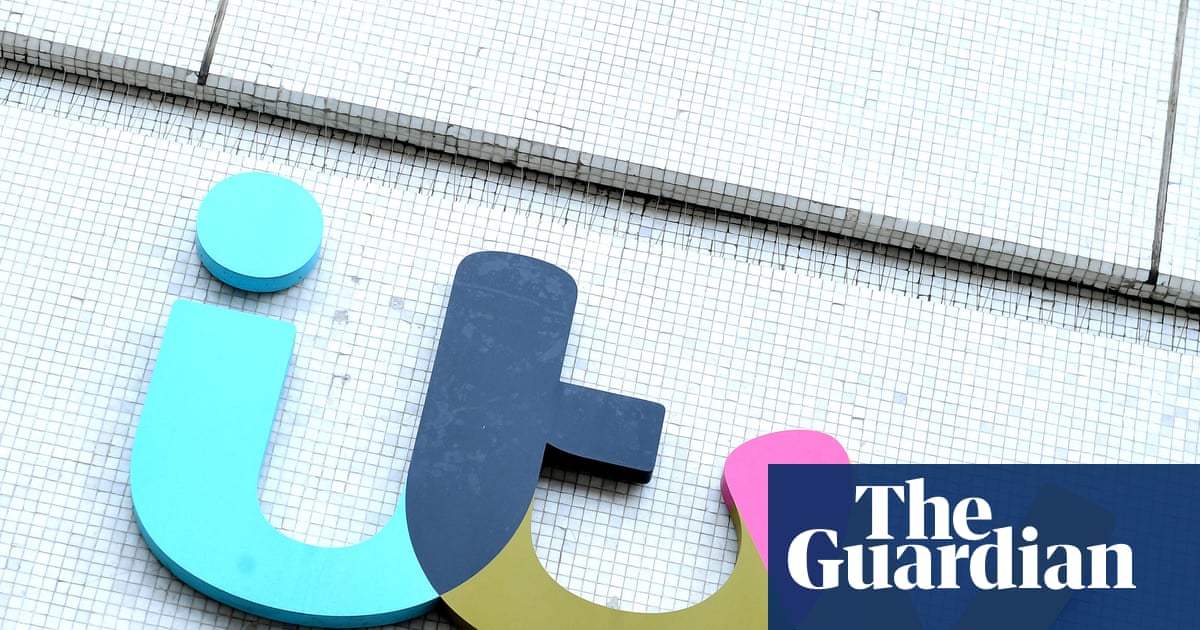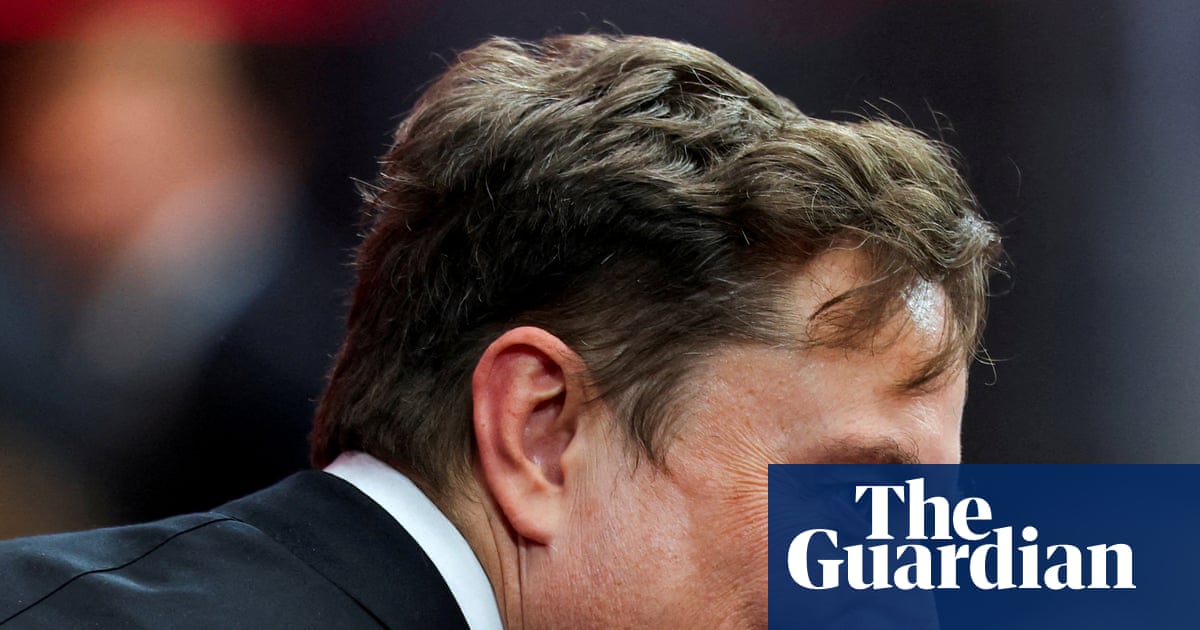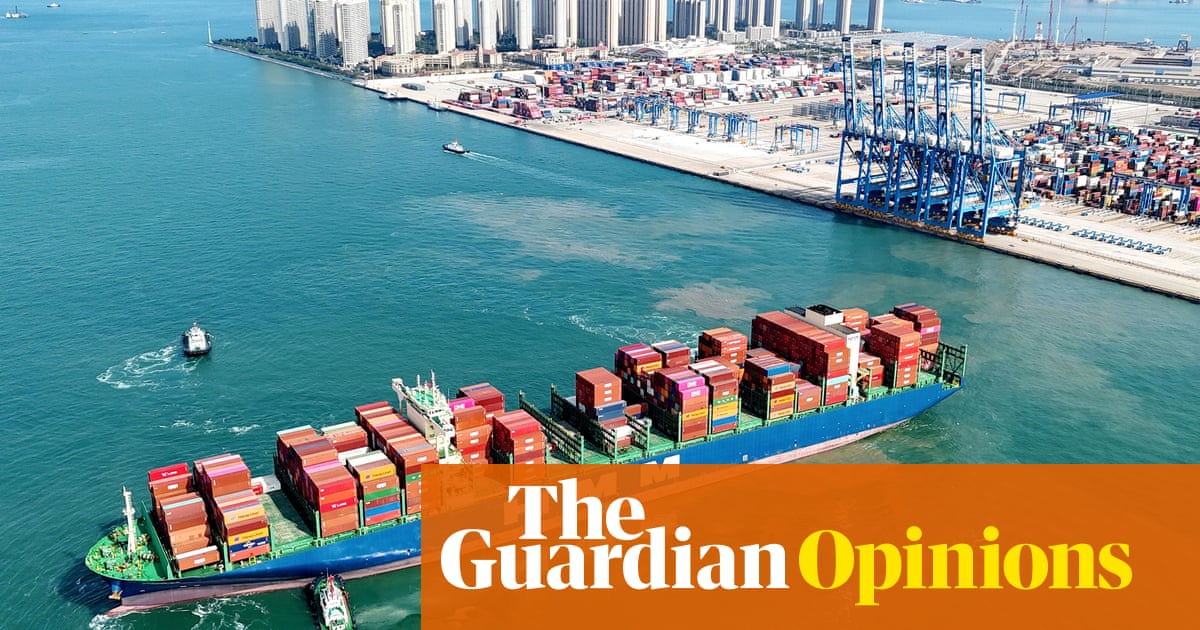Bank of England cuts interest rates to 4%
Newsflash: The Bank of England has cut UK interest rates to 4%, despite recent increases in inflation, in an attempt to support the economy.
The Bank’s monetary policy committee has voted to cut rates by a quarter of one percentage point, down from 4.25%, in line with City forecasts.
But it’s a split vote! The monetary policy committee voted by a majority of 5–4 to reduce Bank Rate by 0.25 percentage points, to 4%, rather than maintaining it at 4.25%.
It brings Bank Rate down to its lowest level since March 2023, and is the fifth cut in a year.
The cut follows several signs that the UK economy is struggling; unemployment rose in the last quarter, construction output slumped in July, and GDP shrank in April and May.
Donald Trump’s trade wars are also a threat to economic growth, as tariffs risk disrupting global trade.
The Bank’s mandate is to keep inflation to 2% in the medium term, but it has lowered borrowing costs despite inflation rising to 3.6% in June.
Key events Show key events only Please turn on JavaScript to use this feature
Pound rallies after split rate decision
The pound has jumped, as the City digest today’s interest rate decision.
Sterling is up three quarters of a cent against the US dollar, to $1.3425.
That suggests traders believe it may take the Bank longer to cut interest rates again, given the close split on the MPC.
Looking at the latest money market pricing, another next rate cut is only fully priced in by next February, previously it was expected by December.
Bank revises inflation forecast higher, to 4%
Bad news for households: the Bank of England has revised up its forecast for inflation this year.
CPI inflation is now expected to peak at 4.0% in September, the Bank says, up from a previous prediction of a peak of 3.7% later this year.
That would be double its inflation target of 2%.
The Bank says:
Inflation is expected to fall back thereafter towards the 2% target, although the Committee remains alert to the risk that this temporary increase in inflation could put additional upward pressure on the wage and price-setting process. Overall, the MPC judges that the upside risks around medium-term inflationary pressures have moved slightly higher since May.
That split of views means the Monetary Policy Committee had to hold two rate votes for the first time in its history, Reuters reports.
Bank split over rates, and Taylor wanted deeper cut
The Bank of England was split almost down the middle on today’s interest rate decision!
Five members of its rate-setting committee – governor Andrew Bailey, deputy governor Sarah Breeden, Swati Dhingra, deputy governor Dave Ramsden and Alan Taylor – voted to reduce Bank Rate by 0.25 percentage points, to 4%. That was a narrow majority.
BUT! Taylor actually wanted a deeper cut of half a percentage point – which would have cut rates to 3.75%.
So in the first round of voting, the committee was split 4-4-1.
This, unusually, required a second vote!
And in this second round, Taylor threw his hat in with the quarter-point cutters, to outvote the four members – Megan Greene, deputy governor Clare Lombardelli, Catherine L Mann and chief economist Huw Pill – who voted to maintain Bank Rate at 4.25%.
Bank of England cuts interest rates to 4%
Newsflash: The Bank of England has cut UK interest rates to 4%, despite recent increases in inflation, in an attempt to support the economy.
The Bank’s monetary policy committee has voted to cut rates by a quarter of one percentage point, down from 4.25%, in line with City forecasts.
But it’s a split vote! The monetary policy committee voted by a majority of 5–4 to reduce Bank Rate by 0.25 percentage points, to 4%, rather than maintaining it at 4.25%.
It brings Bank Rate down to its lowest level since March 2023, and is the fifth cut in a year.
The cut follows several signs that the UK economy is struggling; unemployment rose in the last quarter, construction output slumped in July, and GDP shrank in April and May.
Donald Trump’s trade wars are also a threat to economic growth, as tariffs risk disrupting global trade.
The Bank’s mandate is to keep inflation to 2% in the medium term, but it has lowered borrowing costs despite inflation rising to 3.6% in June.
UK interest rate decision, a preamble
Excitement is building in the City of London as investors await the Bank of England’s interest rate decision, due at noon.
It will be a shock if the BoE doesn’t lower interest rates, from 4.25% to 4%, today.
But there’s plenty more to watch out for, including
-
The vote split. Are policymakers united about today’s decision, or are the dissenters pushing to hold rates or make a steeper cut?
-
The Bank’s economic forecasts. The Bank will release its latest monetary policy report at noon too, which will include its latest projections for growth and inflation
-
Trade war worries. Will the Bank voice concerns about Donald Trump’s tariffs?
The decision will be released at 12pm on the dot.
There are nine policymakers on the Bank’s monetary policy committee, who have a range of views about the the appropriate stance of monetary policy (lower interest rates stimulate borrowing, and growth, while higher rates squeeze inflation).

Lisa O’Carroll
The Irish government is to publish a plan to diversify its economy in the wake of Donald Trump’s punitive tariffs on imports from the EU and almost 70 other trading partners around the world.
The deputy prime minister Simon Harris has said he would publish the national strategy later this month.
He said:
“We must also look for other opportunities to diversify markets for Irish business. While we want to continue to do business with the US and indeed want to grow business. It is important that we take every opportunity to identify new markets. This month we will publish Ireland’s new Market Diversification Action Plan.”
The Irish government has been criticised in some quarters for not building up contingencies in its export-driven economy that could soften the blow of a sudden shock such as the US presidents decision to impose 15% tariffs on all imports from the EU.
Ireland is also bracing itself for a new assault on pharmaceutical exports next week.
Although the US and the EU agreed that any tariffs would not go beyond 15%, Ireland, whose exports are driven by pharmaceutical sales to the US, remains nervous that other barriers could be erected by Trump to force US multinationals to divert investment to the US.
Trump singled out China and Ireland’s pharma sectors during an interview on CNBC earlier this week.
“In many ways, the EU and the US are inter-dependent when it comes to pharma. In the very first instance, it’s vital that the US keeps its agreement in terms of a tariff rate of no higher than 15% on the pharma industry,” said Harris on Thursday.
He added:
“But actually, in the time ahead, it’s important that we seek to further improve that. US pharma companies need to have a base in the European Union — and Ireland has been a very constructive, very good home for those businesses. They’ve done very well in Ireland.”

Lisa O’Carroll
The German car industry has called on the US to speedily deliver on its promise to reduce the tariff on cars from 27.5% to the 15% ceiling agreed at Donald Trump’s golf course 10 days ago.
EU manufacturers have found themselves in the same boat as the UK industry which had to wait before the agreement struck between Trump and prime minister Keir Starmer on a 10% rate came into force.
Hildegard Müller, president of the German car industry federation, the VDA, said the EU-US deal had “brought no clarity or improvement” to the industry.
She said:
“The sectoral tariffs on cars and automotive parts of 27.5 percent, which have been in effect since April and May, respectively, remain in place and place a significant burden on German automakers and automotive suppliers, as well as on transatlantic trade.
“It is important that the promised agreement is reached now and the relief measures are implemented promptly. The US must now suspend the so-called Section 232 and withdraw the sectoral tariffs for the European and thus also the German automotive industry. The EU Commission and the German Federal Government must vigorously advocate for this.”
Other sectors including the wine and spirits industry have also called on the White House to act fast to reduce the current 15% tariff now applying to alcohol exports.
However this is unlikely to be settled for weeks, if not months, as the EU and the US continue to negotiate carve outs for the sector.
Although the EU was hoping for a zero for zero tariff rate on alcohol sales in both directions, a small tariff that applied to wine and spirits before Trump was elected is still likely to apply after the 15% ceiling is unapplied.
This is because a reduction to zero would require Trump to get approval from congress.
Pr-Trump tariffs on alcohol which range from 0.5% on Sherry to 1.8% on sparkling wine will apply even if the EU-US agree to eliminate the extra tariff.
Japan’s government cut its growth forecast for this fiscal year, a sign that US tariffs could be threatenening its recovery.
Japan’s Cabinet Office is now predicting that Japan’s gross domestic product will grow by 0.7% in fiscal year 2025, down from the 1.2% previously predicted.
News site Nippon.com reports that the cut “reflects downside risks from high tariffs imposed by the administration of US President Donald Trump”.
Campaigners protest outside Bank of England call for bank windfall tax
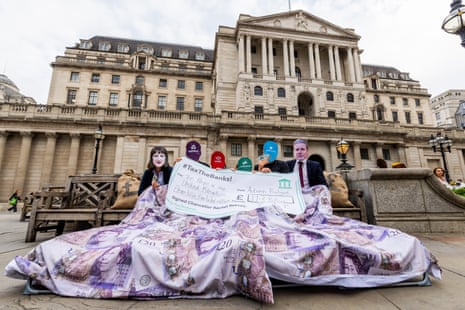
There have been protests outside the Bank of England this morning, calling for a windfall tax on bank profits.
Demonstrators from campaign groups including Positive Money, Tax Justice UK, Equality Trust and Green New Deal Rising gathered outside the UK central bank.
They handed a giant cheque for £11.3bn to people wearing masks of Rachel Reeves and Keir Starmer, in a bed made of money alongside others dressed as lobbyists from Britain’s biggest banks.
The £11.3bn figures is the amount Positive Money estimate a windfall tax would generate this year from the UK’s four biggest banks, based on their results for the first half of 2025.
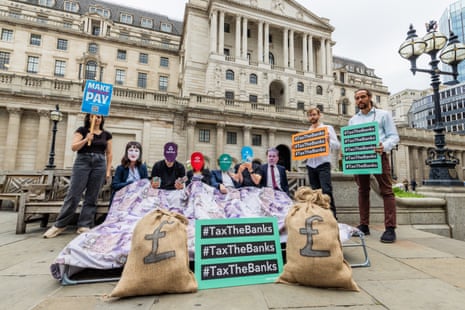
Hannah Dewhirst, head of campaigns at Positive Money, rejects claims that a bank windfall tax would hurt growth or the UK’s international competitiveness:
“We have specifically designed this windfall tax to only target banks’ domestic retail operations, which mitigates the risk of them threatening to move their global or investment banking operations elsewhere, and best captures the profits they’ve made directly at the expense of the UK public.
“As for concerns that increasing taxes on banks will stunt economic growth, the British public are well aware that gains for the financial sector categorically do not ‘trickle down’ to the rest of us.”
Jillian Ambrose
In the energ sector, renewable energy developers will begin submitting their bids to win a government-backed subsidy contract in what will be a make or break auction for the UK’s plan to build a clean electricity system by 2030, my colleague Jillian Ambrose writes.
The government opened the 7th allocation round for subsidy contracts today, which will give energy companies a little under three weeks to submit their sealed bids for the subsidy they would need to move ahead with their projects.
A record number of offshore wind farms are expected to compete for a 20-year contract which guarantees a fixed price for the electricity generated after the government scrapped a requirement for developers to have planning permission in place before the auction.
This should help offshore wind developers meet the government’s election promise to quadruple the UK’s offshore wind resources by 2030.
Energy secretary Ed Miliband said:
“Last year’s auction round secured funding for the largest floating offshore wind project in the world, as well as a record number of solar projects.
“This year, we want to build on that success as we continue our mission to make Britain a clean energy superpower - ending our reliance on volatile global gas prices so we can bring household bills down for good.
“We’re doing that by reforming the auction process to deliver better value for taxpayers while giving industry the certainty it needs to invest and build here in Britain, revitalising industrial heartlands, driving economic growth, and creating thousands of jobs through our Plan for Change.”
Over in Moscow, share prices have jumped after a Kremlin aide announced that Vladimir Putin and President Donald Trump will meet soon.
Yuri Ushakov, a former Russian ambassador to the US, declared that the two sides “essentially reached” an agreement to hold a meeting between the two presidents “in the coming days.”
“We are now beginning concrete preparations together with our American colleagues,” he added in televised comments.
Russia’s stock market index rose 4.5% after Ushakov’s comments, Reuters reports.
John Denton, secretary general of the International Chamber of Commerce, is concerned that the new US tariffs will make it more complicated to export goods to America.
Denton says:
“From a business perspective it’s not just the effective tariff rate that matters — it’s the operational disruption and uncertainty the new measures risk creating.
“The new U.S. regime brings an enormous increase in bureaucratic complexity for anyone looking to export to the American market. Even multinational companies with sophisticated trade compliance functions are struggling to understand what tariff rate will apply to shipments given the complex web of measures now in place — as well as continued uncertainty about how core provisions will be enforced.
“We strongly encourage the administration to provide clearer guidance on implementation — particularly to ensure that small businesses aren’t damaged by red-tape alone.
There is also relief that the world is not facing a full-blown global trade war, despite the flurry of tariffs imposed by Donald Trump.
That’s because most countries have either cut deals, or chosen not to retaliate.
Denton explains:
“Most governments have shown remarkable restraint, avoiding tit-for-tat retaliation. The vast majority of global trade continues to be conducted on core WTO rules. And we are seeing positive signs of trade liberalization in several economies — from unilateral tariff cuts to new bilateral and regional trade deals.
“The challenge now is to turn that positive momentum into a serious push to revitalize the global trading system in a way that can create genuine prosperity and opportunity for businesses, workers and consumers.”
House prices climb at fastest rate in six months; more remortgaging ahead
If the Bank of England lowers interest rates at noon today, it will be the fifth cut in a year.
That easing cycle follows a steady increase in borrowing costs through 2022 and 2023, as the Bank tried to dampen down inflation.
However, many people with longer-dated fixed-rate mortgages won’t yet have felt the impact of those rate rises, if they haven’t had to remortgage since rates started rising.
Amanda Bryden, head of mortgages at Halifax, explained this morning:
“The second half of this year will also see a notable rise in homeowners coming to the end of fixed-rate deals taken out during the pandemic-era property boom; a period marked by ultra-low interest rates and soaring house prices.
While most borrowers coming to the end of five-year fixed-rate mortgage deals will see their monthly repayments rise, the extent of this will vary across households. Those coming off a two year fixed-rate are very likely to see their monthly payments come down, as they originally locked in rates during the peak that followed the 2022 mini-budget.
We’re unlikely to see a significant impact on house prices, but it may influence market dynamics if prospective home movers choose to delay plans as a result of tighter budgets.”
Halifax also reported that average house prices increased by 0.4% in July, the highest monthly increase since the start of the year. The average property price is now £298,237 compared to £297,157 last month
According to @HalifaxBank HPI, House prices bloomed in the month of July, up +0.4% making the average property price now £298,237 compared to £297,157 last month. Despite the headline figure from the lender rising, growth was scattered across the country. Yet again Northern… pic.twitter.com/lT5MjErrUT
— Emma Fildes (@emmafildes) August 7, 2025US consumers face highest tariff rate since the Great Depression
The wide-ranging tariffs imposed by Donald Trump mean US consumers are facing the highest tariff rate since the Great Depression.
The Budget Lab at Yale calculated last Friday that the new “reciprocal” tariffs which took effect today will lift the overall US average effective tariff rate to around 18%, the highest since the mid-1930s.
This chart shows the latest tariffs:
The high tariff rates in the 1930s were caused by the Smoot–Hawley Tariff Act, protectionist legislation intended to support US industries which triggered a major trade war, worsened the economic downturn and prolonged the Great Depression.
Kathleen Brooks, research director at XTB, says:
The Bank of England is jostling with US tariffs to steal the limelight on Thursday. US tariff rates came into force at midnight, and the average US tariff rate is now over 15%, the highest level for a century. This is the backdrop to today’s Bank of England meeting, where the market is convinced that the BOE will cut rates to the lowest level in 2 years.
Professor Costas Milas, of the University of Liverpool’s management school, predicts that UK interest rates will be cut today, and further in the months ahead, telling us:
Trump’s trade wars have now taken concrete shape. I expect these to add approximately 0.5 percentage points to UK inflation by mid-2026, followed, nevertheless, by a rapid inflation retreat as UK growth takes a material hit.
Based on my recent estimates for the LSE Business Review blog, the Bank’s policymakers will almost certainly respond by cutting Base Rate by 0.25 percentage points today [from 4.25% to 4%].
From here onwards, I expect another cut of 0.25 percentage points before the end of 2025 and Base Rate ending up at 3.25 per cent by mid-2026.
Assuming no further Trump related uncertainty shocks (a brave assumption indeed!), Base Rate could end up to 2.75 per cent by mid-2027.
Intriguingly, shipping giant A. P. Moller-Maersk has raised its financial outlook for this year despite Trump’s trade wars.
In its latest results, Maersk has lifted its forecast for global container market volume growth up to between 2% and 4%, from a previous forecast of between -1% and 4%.
Maersk said it was lifting the guidance “given the more resilient market demand outside of North America”, while cautioning that “disruption in the Red Sea is still expected to last for the full year”.
Vincent Clerc, CEO of Maersk, said the company had a strong first half of 2025, adding:
Even with market volatility and historical uncertainty in global trade, demand remained resilient, and we’ve continued to respond with speed and flexibility. As our customers navigate these complex challenges, we remain committed to helping them build stronger and more adaptable supply chains— making sure they are ready to not just weather disruption, but to grow through it.
Clerc also told Bloombert TV that conditions in the US were subdued owing to the uncertainty from trade tariffs, but that a boom in Chinese manufacturing was fueling very strong levels of demand.

 3 months ago
82
3 months ago
82






